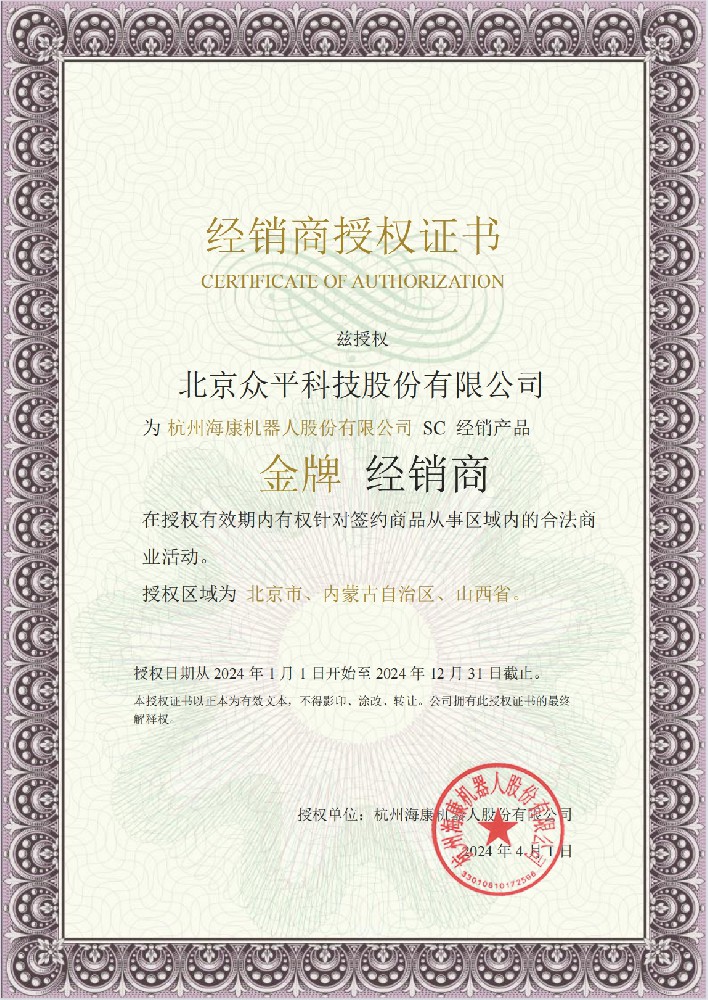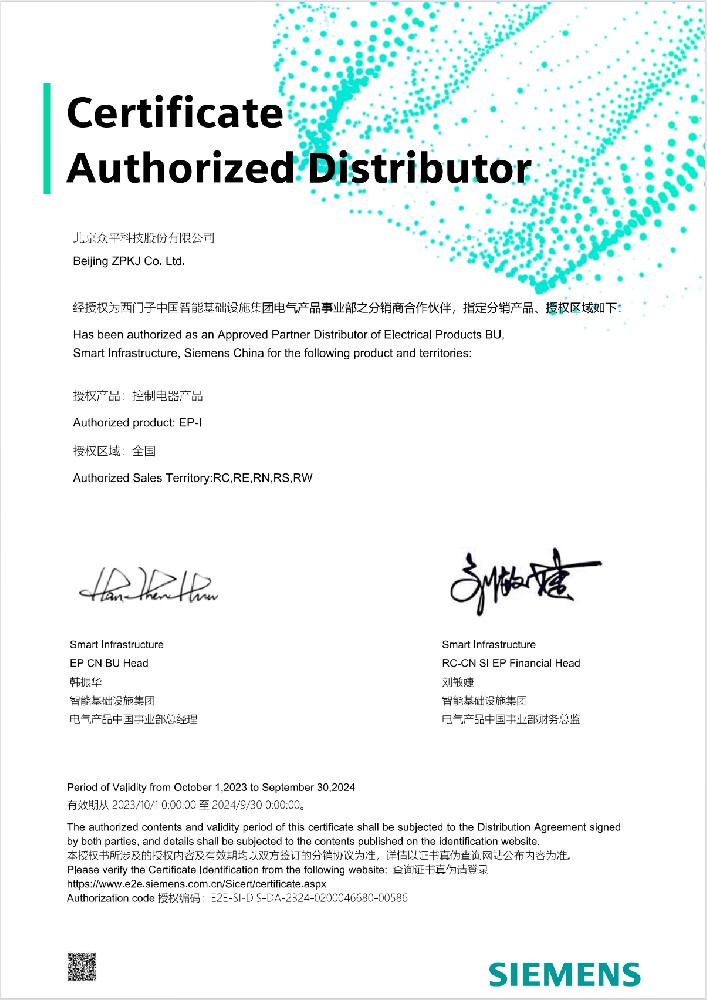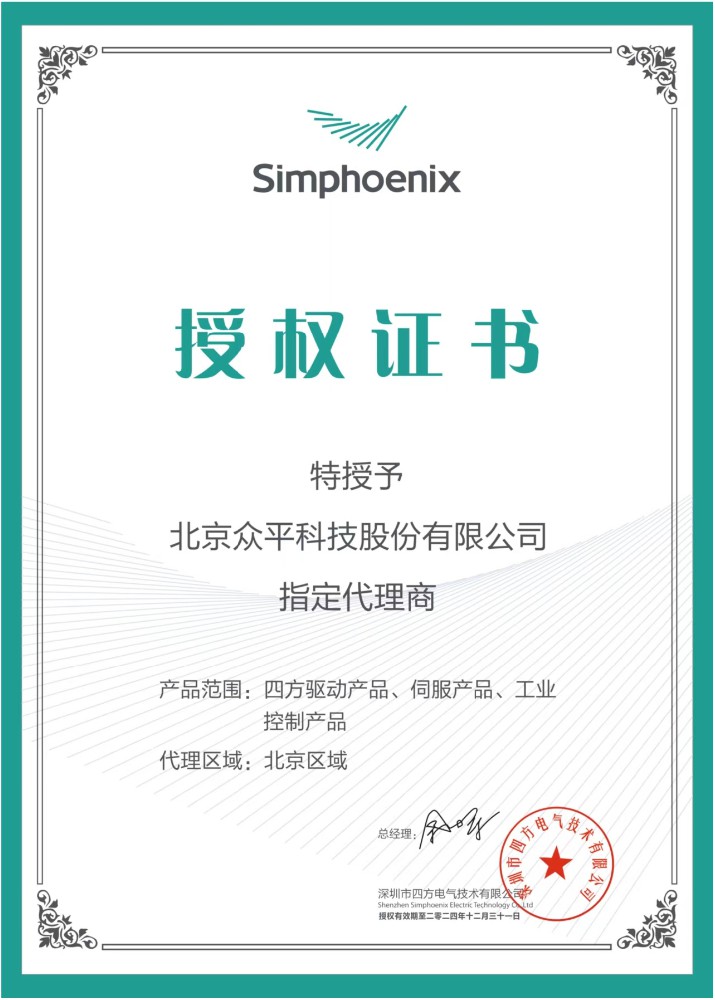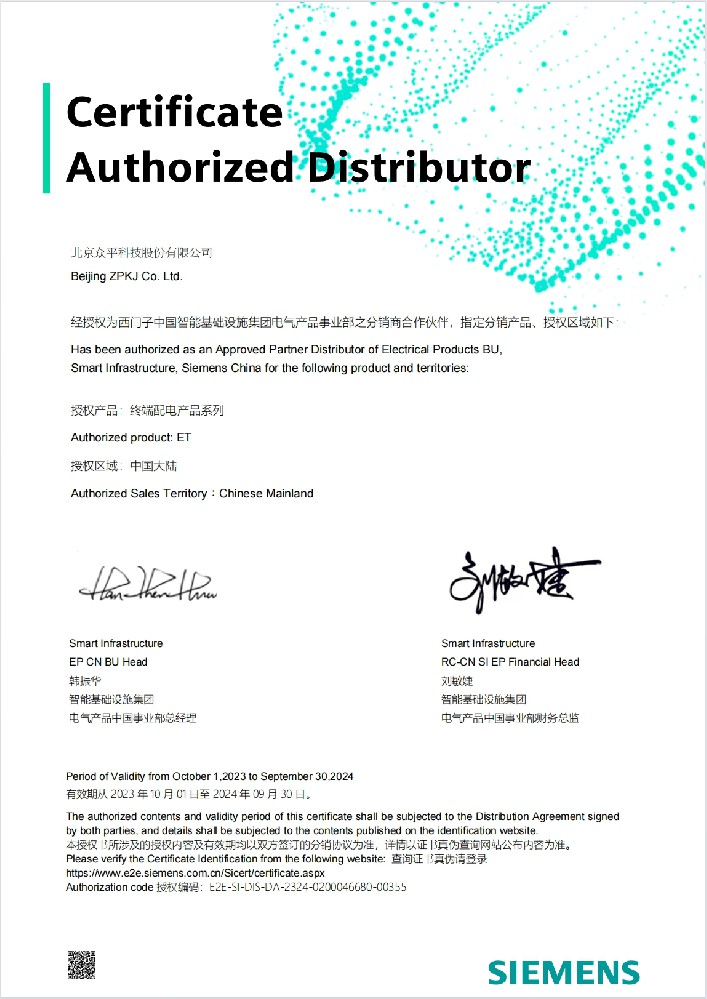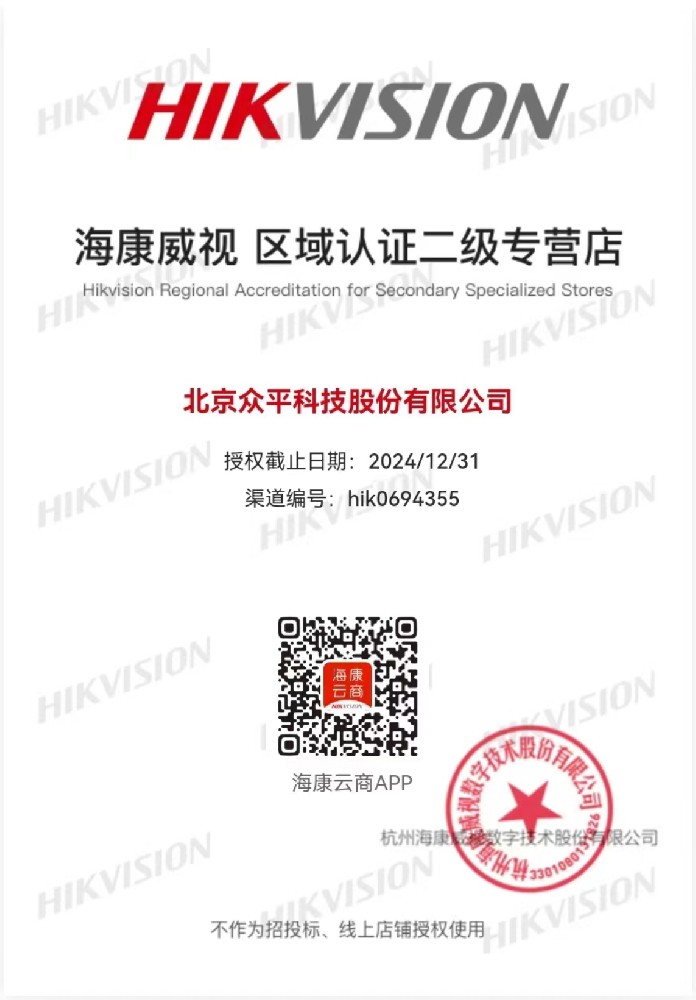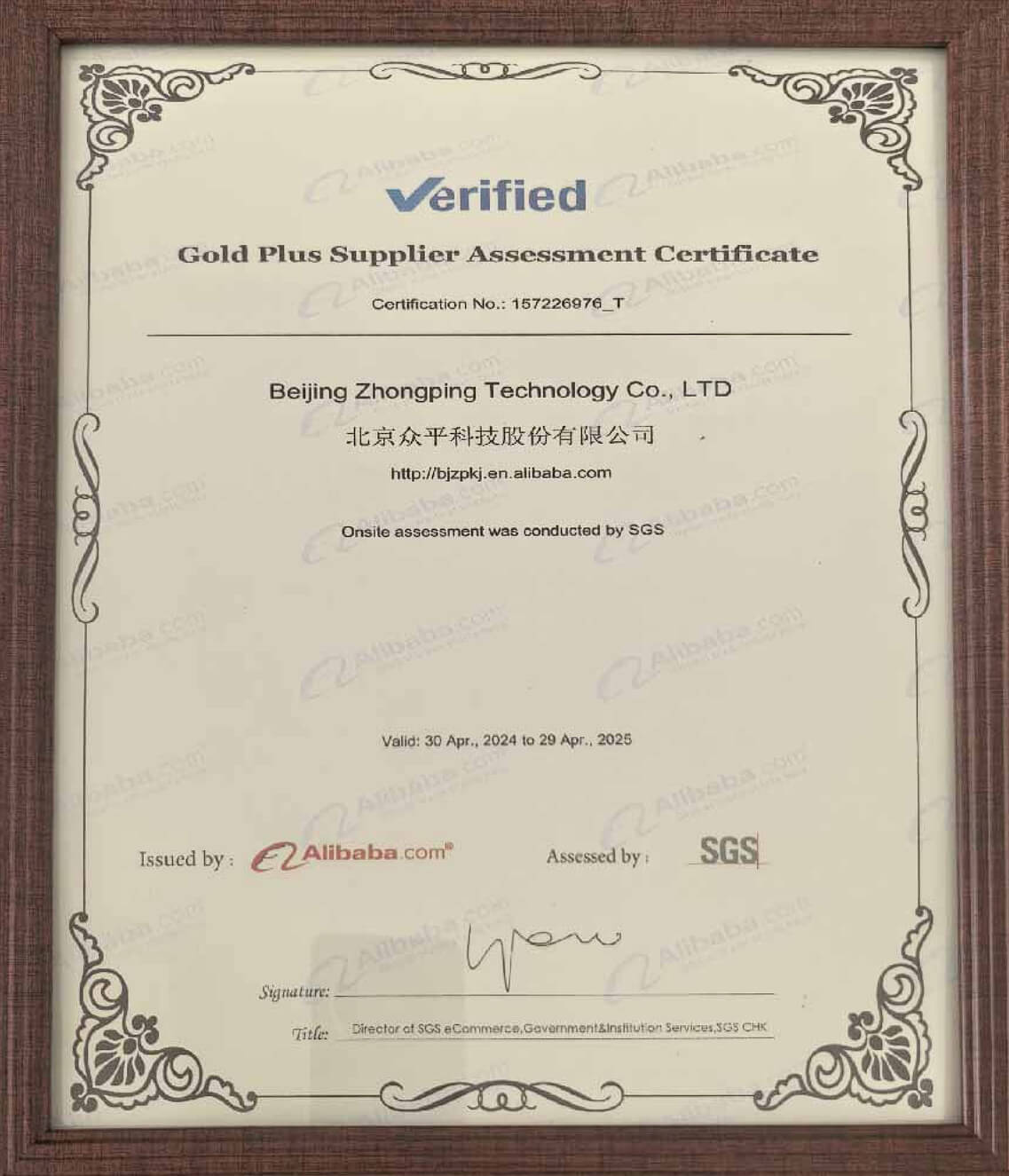The SMC VDW10AA is a compact direct-acting 2 port solenoid valve from the VDW series, suitable for media such as air, vacuum, and water. It is used to control SMC pneumatic actuators, cylinders and other equipment.
This valve is designed with a compact structure and utilizes unique magnetic materials to reduce the working resistance of moving parts, thereby enhancing service life, wear resistance, and corrosion resistance. The valve body is available in materials such as aluminum, resin (PPS), C37, and stainless steel, with a quick-change fitting (resin body), and achieves an IP65 protection rating.
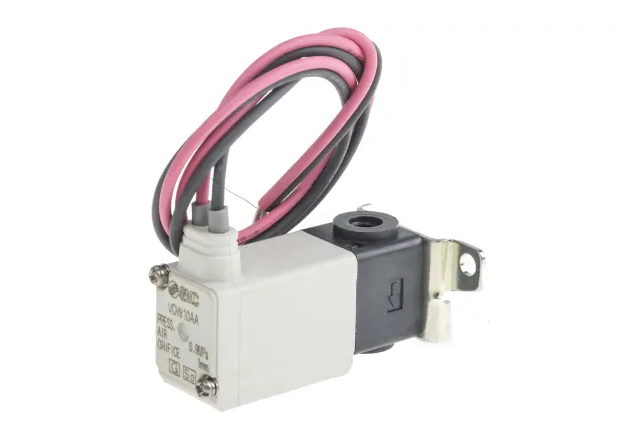
Product Specifications
Series: VDW
Function: 2/2 way
Connection Thread: M5 x 0.8
Actuation Type: Solenoid/Spring
Body Material: Aluminum, Resin (PPS), C37, Stainless Steel
Seal Material: NBR, FKM
Coil Voltage: 24V DC
Minimum Operating Temperature: -10°C
Maximum Operating Temperature: 50°C
Number of Positions: 2
Number of Ports: 2
Configuration: Normally Closed
Maximum Operating Pressure: 1 MPa
Power Consumption: 2.5 W (VDW1) / 3 W
Product Features
High Reliability: Made from materials like aluminum and resin, offering excellent corrosion resistance and mechanical strength.
Multiple Body Material Options: Available in aluminum, resin (PPS), C37, and stainless steel, suitable for various environments and media.
High Protection Rating: Achieves an IP65 protection rating, suitable for harsh environments.
Compact Design: Lightweight and compact, making it easy to install and use.
Applications
Automated Production Lines: Controls smc pneumatic actuators for precise control in automated production lines.
Mechanical Manufacturing: Used to control cylinders and pneumatic motors in the mechanical manufacturing process.
Packaging Industry: Enhances production efficiency and stability in packaging machinery through pneumatic control.
Food Processing: Ensures hygiene and efficiency in food processing equipment by controlling pneumatic valves.
Usage Instructions
Installation and Wiring:
Installation Environment: Choose a dust-free, non-corrosive gas, and low electromagnetic interference environment. Ensure good ventilation for the device.
Wiring Requirements: Follow the wiring diagram in the product manual strictly to ensure correct connections for power, signal, and air lines.
Grounding Protection: Ensure proper grounding of the device, complying with national and local electrical safety standards.
Parameter Settings:
Basic Parameter Settings: Includes working pressure and operating frequency, set according to actual application needs.
Advanced Function Configuration: Such as the selection of manual operation methods, configured according to specific application scenarios.
Maintenance and Inspection:
Regular Inspection: Check the valve's appearance for damage, aging seals, and air leaks. Regularly clean dust from air lines and valve bodies to ensure smooth airflow.
Parameter Verification: Regularly verify the valve's parameter settings to ensure they match actual application requirements.
Fault Diagnosis: When a fault occurs, promptly check the fault code and follow the troubleshooting guide in the manual to identify and resolve issues.
Precautions
Environmental Conditions: Avoid using the product in high-temperature, high-humidity, or strong electromagnetic interference environments to prevent performance and lifespan issues.
Power Requirements: Ensure stable power voltage to prevent damage to the solenoid valve. Wait for a certain period before re-powering the device after a power cut to avoid damage.
Safe Operation: Avoid contact with live parts during operation to ensure operator safety. Disconnect power and wait for capacitor discharge before maintenance and inspection.
Frequently Asked Questions (FAQ)
How to Perform Self-Tuning of the Solenoid Valve?
Importance of Self-Tuning: Self-tuning is a crucial step to ensure the 2 port solenoid valve matches the pneumatic system, enhancing control accuracy and system stability. Start by setting basic parameters such as working pressure and operating frequency.
Precautions During Self-Tuning: During self-tuning, the valve tests the air circuit, so ensure correct connections and that the valve is ready. Maintain stable air source pressure to prevent damage during self-tuning.
Effects After Self-Tuning: Once completed, the valve automatically adjusts control parameters based on actual settings for optimal performance. This improves system response and control accuracy, meeting high-precision control needs.
How to Configure the Communication Interface of the VDW10AA 2 Port Solenoid Valve?
Communication Interface Type: The VDW10AA solenoid valve supports a 24V DC power supply, requiring no complex communication interface configuration.
Wiring Requirements: When connecting power, ensure the power cable meets specifications and note the correct polarity. Also, ensure proper grounding of the device.
Parameter Settings: Set the valve's working pressure and operating frequency according to actual application needs for reliable operation.
How to Choose the Power Range of the Solenoid Valve?
Select Based on Load Requirements: Choose the power range based on the pneumatic system's working pressure and flow requirements. For light loads, select a valve matching the system's working pressure; for heavy loads or high starting torque requirements, choose a higher-powered valve.
Consider Safety Factor: When selecting the power range, consider the system's safety factor. It's advisable to choose a valve slightly more powerful than the system's working pressure to handle load fluctuations and emergencies.
Overload Capability: The VDW10AA solenoid valve has some overload capacity, enduring loads exceeding the rated pressure for short periods. However, long-term overloading can affect the valve's lifespan and performance, so avoid long-term overloading when selecting the power range.
What is the Cooling Method of the VDW10AA Solenoid Valve?
Cooling Method: The VDW10AA solenoid valve uses natural cooling, dissipating heat through its aluminum alloy body and well-designed structure.
Installation Requirements: When installing the valve, ensure there's enough space around it for air circulation. Avoid installing it in enclosed or poorly ventilated areas to prevent cooling issues.
Maintenance and Care: Regularly clean dust from the valve's surface to prevent overheating due to poor cooling. Also, check the valve's seals and air line connections to ensure proper function.
How to Avoid Electromagnetic Interference with the VDW10AA Solenoid Valve?
Built-in Filter: The valve has good electromagnetic compatibility, meeting relevant standards, effectively suppressing electromagnetic interference.
Wiring Precautions: When wiring, avoid placing signal lines close to power lines to reduce electromagnetic interference. Use shielded cables for signal line connections and ensure the shielding is properly grounded.
Grounding Measures: Proper grounding is crucial for reducing electromagnetic interference. Ensure the device is well-grounded, complying with national and local electrical safety standards.
What Protective Functions Does the VDW10AA Solenoid Valve Have?
Overload Protection: The valve automatically reduces frequency or stops running when the load exceeds the rated value, protecting the valve and pneumatic system.
Overheat Protection: An internal temperature sensor automatically shuts down the valve when the temperature exceeds the set value, preventing damage from overheating.
Overvoltage and Undervoltage Protection: The valve automatically shuts down when the power voltage is too high or too low, protecting the device. It also features short-circuit and phase-loss protection, ensuring safe system operation.
How to Perform Regular Maintenance on the Solenoid Valve?
Appearance Inspection: For example, in an automated production line, controlling smc pneumatic actuators, regularly check the valve's appearance for damage or abnormalities, such as cracks in the housing or loose screws.
Cooling System Maintenance: Clean dust from the valve's surface to ensure the cooling system works properly. Check the valve's seals and air line connections to ensure proper function.
Electrical Connection Check: Check the power cable connections for solidity and good contact. Also, check the pneumatic system's operating condition to promptly identify and resolve any issues.
What Precautions Should Be Taken When Installing the Solenoid Valve?
Installation Location: Choose an environment with good ventilation, free of dust and corrosive gases. Avoid installing the valve in high-temperature, high-humidity, or strong electromagnetic interference areas.
Installation Method: Ensure the valve is installed vertically for proper cooling. Use appropriate fixing methods during installation to prevent vibration-related issues.
Power Connection: When connecting power, ensure the power cable meets specifications and note the correct polarity. Also, ensure proper grounding of the device.
How to Choose the Control Mode?
Choose Based on Application Needs: For applications requiring high-precision speed control, select the sensorless vector control mode; for general constant-speed control applications, choose the V/F control mode.
Control Mode Characteristics: The sensorless vector control mode achieves high-precision speed and torque control, suitable for applications with high control accuracy requirements. The V/F control mode is simple and easy to use, suitable for general constant-speed control.
Parameter Settings: After selecting the control mode, set the parameters according to specific application needs to achieve the best control effect.
How to Set the Frequency Setting Channel of the Solenoid Valve?
Frequency Setting Method: The frequency can be set through the valve panel, external analog signals, or digital signals. Users can choose the appropriate frequency setting method based on actual application needs.
Signal Source Requirements: When setting the frequency setting channel, ensure the stability and accuracy of the signal source. For example, when using external analog signals for frequency setting, ensure the signal's stability and interference resistance.
Parameter Configuration: Configure the parameters according to the selected frequency setting method. For example, for external analog signal setting, set the signal's input range and corresponding frequency range.
We hope the above information is helpful. If you have any other questions or need further detailed information, please feel free to contact us.
FAQ
1.Who are We?
Beijing Zhongping Technology Co., LTD., is a one-stop integrated service provider of intelligent manufacturing, belongs to the Gong Doctor Group, is a scientific research, design, marketing, technical services, industrial Internet, international import and export services as one of the science and technology companies.
2.What can you buy from us?
PLC, inverter, human-machine interface, hydraulic products, low-voltage power distribution, industrial robots and core components
3.Is the item in stock or need to be purchased from another supplier?
We have a large inventory of goods and have our own warehouse.
4.What advantages do we have over other suppliers?
Our company has a large amount of inventory and a number of warehouses, but also in the country's important industrial provinces and cities with offices and a number of overseas service points. To provide you with intelligent manufacturing one-stop comprehensive services, save efforts, labor and cost.
5.Can you provide 100% new original authentic products?
We only sell new original genuine, no renovation, no fake, only for the original factory original!
6.How long is the delivery time?
If there is a stock, it will take 2-3 working days to ship, if the quantity is large, it will take 5-7 working days after receiving the payment, if it is not a conventional model, it will take some time, we will inform you of the specific delivery time.
7.Is there technical support available?
Of course, we have a professional technical team that can help you solve technical problems.
8.How do we guarantee quality?
We have three processes to control the quality of goods.
1). Our engineers will inspect the production and quality control in the factory regularly.
2) Incoming materials shall be inspected by experienced purchasing engineers before they can be stored.
3). At least 2 people in the logistics department cross-check the goods to be sent before delivery.
9.Can you guarantee the safe and reliable delivery of your products?
Yes, we strictly adopt the international standard packing. We also use special packaging for dangerous goods, and refrigerated shipping for items with temperature requirements. Special item packaging and general cargo standard packaging requirements may incur additional costs.
10.How about the freight?
The cost depends on how you choose to get the goods. Express is usually the fastest but also the most expensive way. Sea freight is the best solution for large quantities of goods. The exact shipping cost depends on the purchase amount、quantity and weight of your order. Please feel free to contact us for more information.


 010-64225983
010-64225983 +8613811814778
+8613811814778 info@zhongpingtech.com
info@zhongpingtech.com Building 26, Liyuan Community, Chaoyang District, Beijing, China
Building 26, Liyuan Community, Chaoyang District, Beijing, China